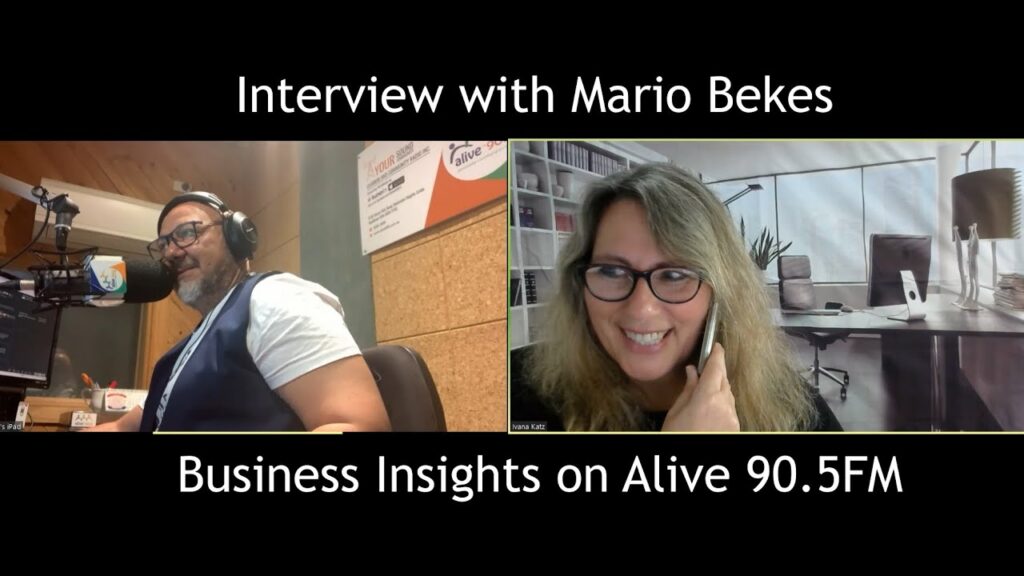#WeeklyWisdom #YouTubestrategy2020
For full transcript https://www.semrush.com/blog/weekly-wisdom-luke-sherran-youtube-optimization-2020/
It is now 2020, and although we don’t have hoverboards and flying cars yet, we do have a great opportunity when it comes to video marketing with the YouTube platform. My name is Luke Sherran, and in this Weekly Wisdom, I am going to be talking about where you should be focusing most of your time when considering the performance of your videos on the YouTube platform in 2020.
In this video, I will cover the YouTube algorithm, where to spend most of your time, an overview of the collaborative filtering, the behavior metrics that you need to understand, and how to use analytics to optimize your content.
YouTube Traffic Sources
Since 2015, I have worked with a lot of different channels and video creators, and most of them still focus a large amount of their time around keyword research, the metadata, and organic search. Whereas there is still a place for this, the YouTube algorithm is based primarily on user behavior metrics. Understanding how to trigger the YouTube algorithm to extend the reach of your videos will yield far better results than just focusing on search traffic alone.
To put this into context, search traffic typically makes up between 15% and 25% of total traffic on popular YouTube channels. On my channel, search traffic makes up around 22% of my total traffic; this isn’t because I don’t get a lot of search traffic, it is just that there are bigger and better traffic sources to focus on.
YouTube Traffic Sources
Generally speaking, over 70% of all traffic now comes via YouTube’s recommendation engine. So again, if you just focused on search, you’re really missing out. The problem is that things like keyword research and metadata feel really tangible and those with an SEO background feel very comfortable using them. The issue is that no matter how perfect your keyword research is, or how well formulated your tags are, if your behavior metrics aren’t good, then YouTube won’t recommend your video and your video won’t rank.
Metrics to Focus On
Originally the YouTube algorithm was based on pretty basic principles, and a video was ranked largely on how many views it had. The issue with this is that it was very easy to gamify. It led to a lot of clickbait and, ultimately, a lot of viewer frustration. Viewers often had to click on multiple videos before they could find the content they wanted.
So in 2015, the YouTube engineers made a critical change to the YouTube algorithm and actually prioritized watch time over views. Watch time was seen as the most reliable metric to determine video quality and the most difficult to gamify. And in 2020, it is still one of the most important metrics used to determine video quality.
YouTube SEO in 2020
When we talk about YouTube SEO in 2020, the primary focus where you spend most of your time should be your content. Your content is not just your video; it is also your thumbnail and your title. This is because the main metrics you want to consider are:
Click-through rate
Watch time
Percentage watched
Click-through rate was always a little bit of an unknown on YouTube, but the new Studio actually shows you your click-through rate for each video, which is extremely useful.
source
Home Page


